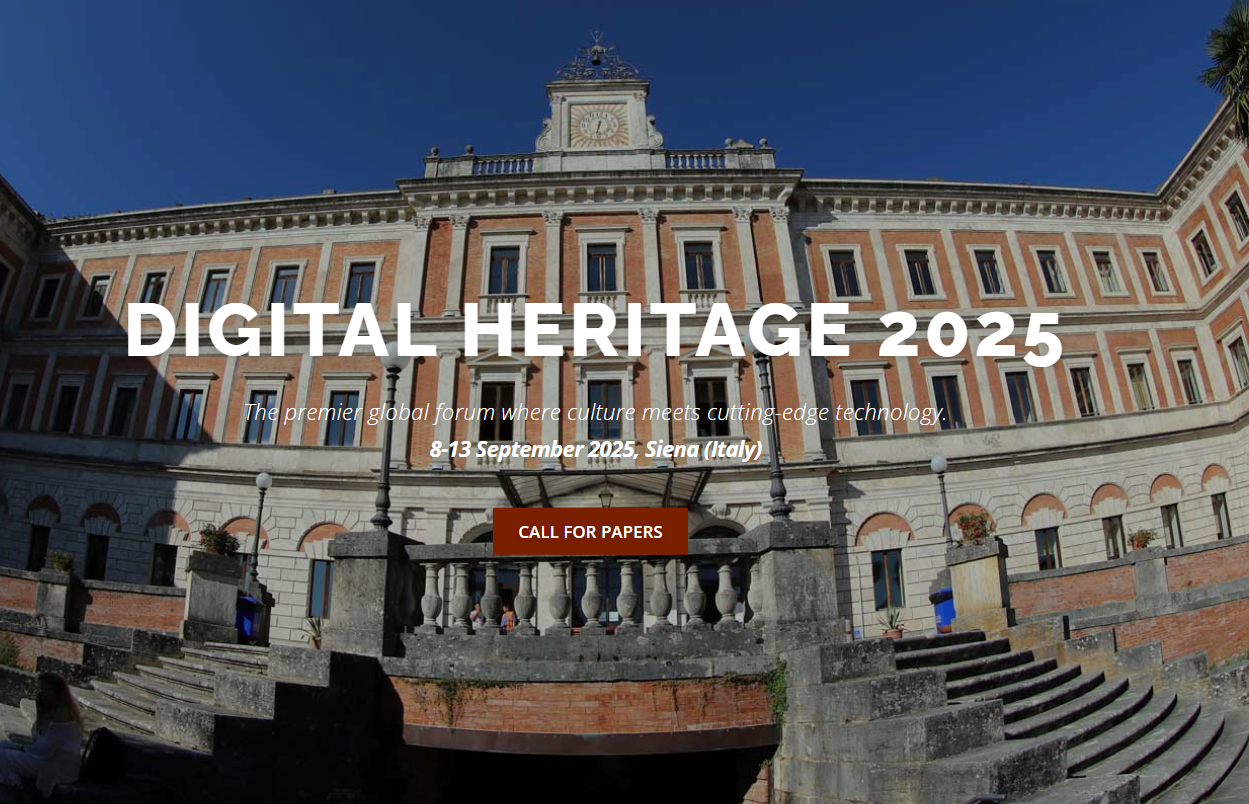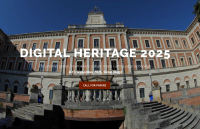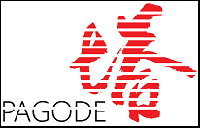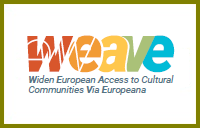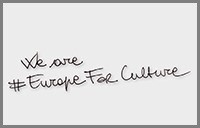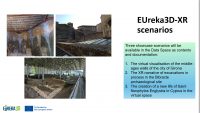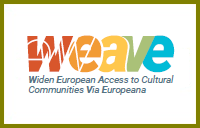Co-creation describes joint or partnership-oriented creative approaches between two or more parties, especially between an institution and its stakeholders, towards achieving a desired outcome. While the term is sometimes used interchangeably with ‘collaboration’, co-creation places a greater emphasis on process. Similarly, emphasis is placed on creating conditions of equality among the different stakeholders involved in the creative process: the contributions of the different co-creators are equally valid. The process orientation in co-creation is regarded as important for increasing stakeholder ownership or buy-in for the project or product that is being created. Such approaches also promote greater trust and more sustainable relationships between the different parties involved. Co-creation has developed increased salience within Cultural Heritage institutions in recent years, describing the co-construction of products and experiences by both the institution and the community.
Because co-creation involves the creative input of different stakeholders and therefore involves joint authorship of a project or product, issues of intellectual property rights may emerge with co-creation projects.
Sources:
Kambil, A., Friesen, G. B., and A. Sundaram (1999) Co-creation: A new source of value. Outlook Magazine 3.2 (1999): 23-29.


 If you have interesting news and events to point out in the field of digital cultural heritage, we are waiting for your contribution.
If you have interesting news and events to point out in the field of digital cultural heritage, we are waiting for your contribution.








